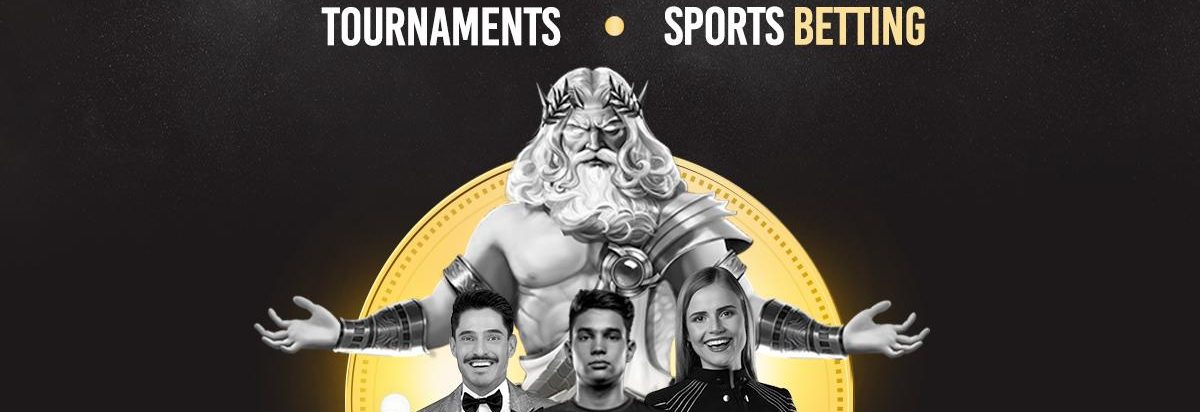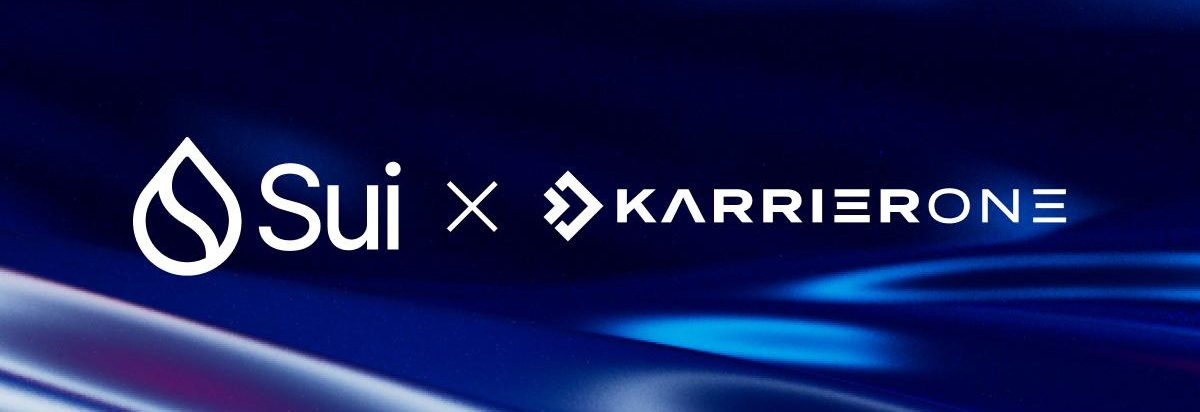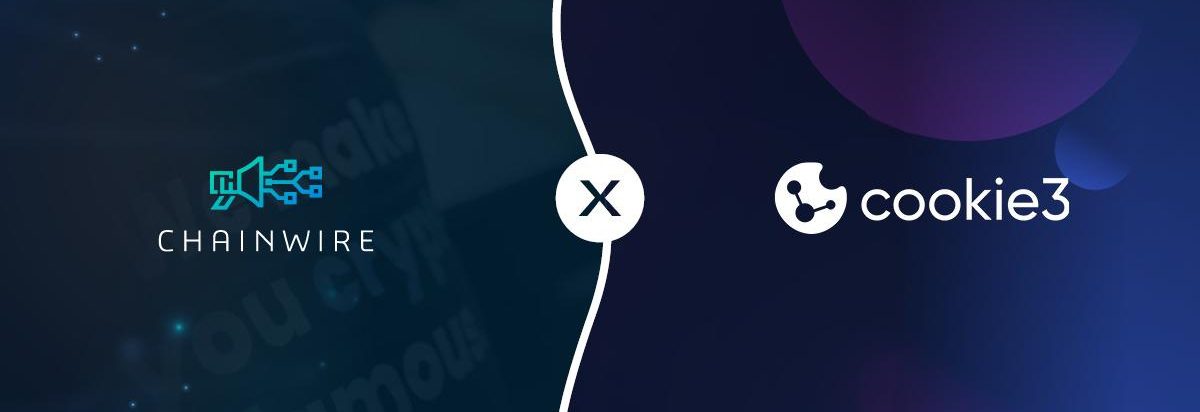Curacao, Curacao, January 15th, 2024, Chainwire
In an exciting update, HugeWin, a leading online casino, has announced a new Crypto Casino. This development, combined with diverse activities, provides an enhanced experience for all casino enthusiasts.
Additionally, HugeWin is offering lucrative discount bonuses, aiming to provide unprecedented entertainment and rewards for its players. The possibility of instantly depositing and withdrawing money on the platform through crypto is a major plus.
Hugewin has set out with the vision of becoming the largest online casino in the world with its expert team
HugeWin’s website features a real-time Meta Jackpot counter on the homepage’s top left corner. The jackpot rapidly expands, offering four unique chances to win. To participate, one simply engages in the casino games on offer.
The platform presents a variety of activities under several categories. In ‘Slots,’ users will find categorizations such as favorites, new, popular, and tournament slots. The ‘Casino’ category introduces options like roulettes, poker, blackjack, baccarat, table games, and tournaments.
The ‘Games’ tab highlights popular and new activities. Users can also directly enjoy popular games such as Aviator, Zeppelin, or Spaceman on the site. The ‘Virtual’ category hosts games like basketball, football, and tennis, complemented by special tournaments. The ‘Races’ category houses the GoldenRace game.
It is possible to browse the project’s growing number of providers in the slot, casino, games, and virtual categories. Users can also see recent winners, high rates, and earnings, reflecting transparent operations.
The platform extends beyond the casino, offering sports betting on various sports like Football, Basketball, Tennis, Ice Hockey, and Baseball.
About HugeWin
HugeWin, a recent entrant in the online casino space, aims to become a global leader. Launched in January 2024, the platform is devoted to providing a fun and trustworthy gaming environment.
The platform prioritizes immediate disbursement of earnings, barring instances of suspected fraud. Clients can expect prompt payouts without tedious documentation.
A wide array of betting options is available, with round-the-clock access to any desired match. Live casino sections offer an interactive experience with real croupiers.
It is possible to learn more about HugeWin by visiting its website and exploring the activity offering. Furthermore, users can stay updated on news and promotional offers by visiting HugeWin’s Twitter and Telegram.
Disclaimer: HugeWin is the source of this content. This release is for informational purposes only and does not constitute investment advice or an offer to invest. Information provided about HugeWin and its services, including online gambling and cryptocurrency betting, involves significant risks and may not be suitable for all individuals. Users should exercise caution and are encouraged to conduct their own research before participating in any gambling activities. Participation is at the user’s own risk and should be approached with financial prudence.
Contact
Manager
Jowi Scholtz
Hugewin
marketing@hugewin.com





